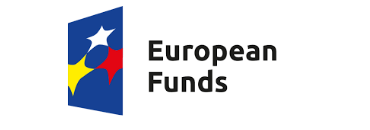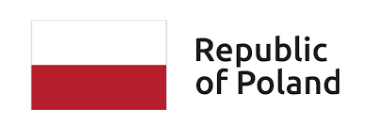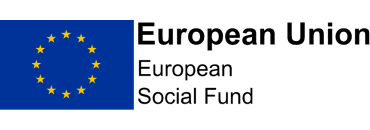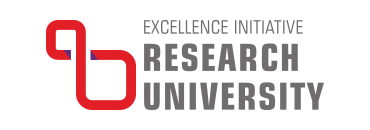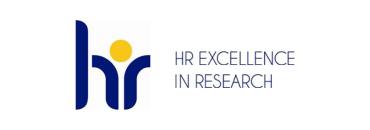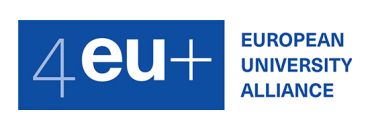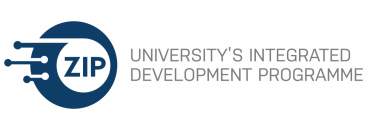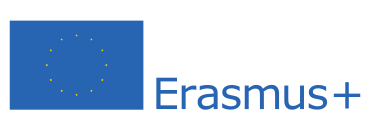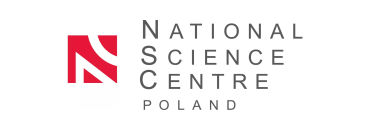Pangraphs as models of higher-order interactions
- Speaker(s)
- Aleksandra Puchalska
- Affiliation
- MIM UW
- Language of the talk
- English
- Date
- Jan. 22, 2025, 2:15 p.m.
- Room
- room 5070
- Seminar
- Seminar of Biomathematics and Game Theory Group
In a classical setting the relations in the ecosystems are modelled by graphs that portray pairwise interactions between species. It is well-proven, though, that higher-order interactions (HOIs) involving simultaneously more than two objects exist in nature, and can decide about stability of a system. Hypergraphs are able to model HOIs through edges that can contain any subset of vertices. However, they lose the information about the roles of vertices. These might be very assymetric, especially in the case of interaction modifications (e.g. catalysis in chemistry or mutualism in ecology). Consequently, the graph measures considered on hypergraphs cannot be considered as reliable, for instance vertex centralities may be significantly enhanced in this approach.
In this talk I provide a consistent framework for the inclusion of arbitrarily complex higher-order interactions into a quantitative graph generalisation by the mathematical object called a pangraph. It resolves the issues of role mapping and centralities that limited hypergraphs as viable tools for structural analysis of general HOIs. I show higher-order structures postulated in the literature to be special cases of pangraphs and adapt definitions of walks and centrality measures to the pangraph setting. Finally, I comparatively analyse a model of coffee agroecosystem known from the literature, see [1], using pangraph and hypergraph tools.
The presentation is based on the joint work with Mateusz Iskrzyński, Aleksandra Grzelik and Gokhan Mutlu.
[1] Golubski A. and Westlund E. and Vandermeer J. and Pascual M., Ecological Networks over the Edge: Hypergraph Trait-Mediated Indirect Interaction (TMII) Structure, Trends in Ecology & Evolution, 31, (2016), 344-354.
 You are not logged in |
You are not logged in |







